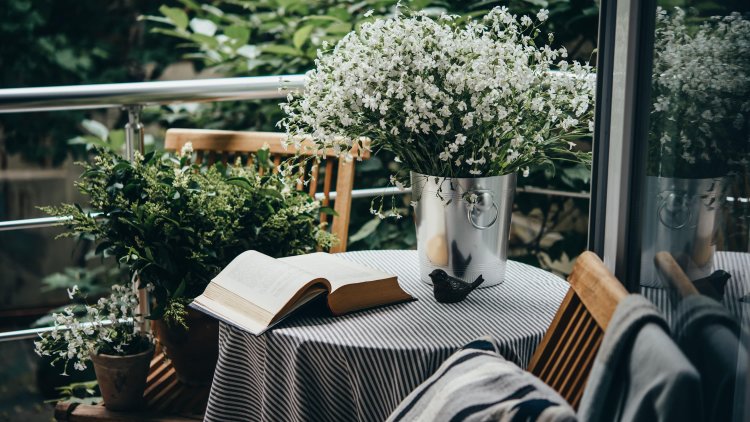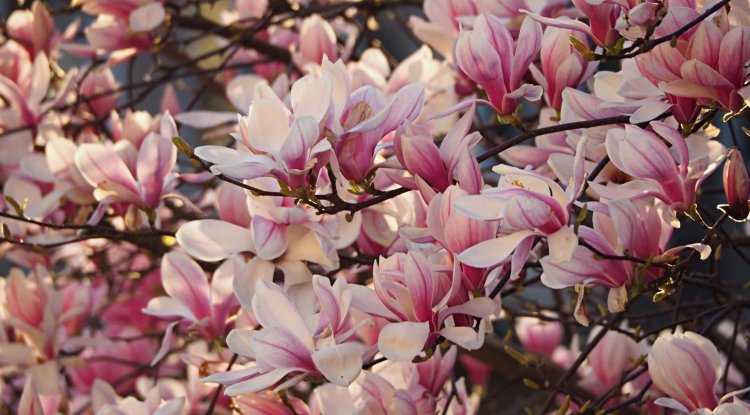HOW TO DESIGN A SMALL URBAN GARDEN IN JUST 5 STEPS?
Urban spaces that make the most of available land - that's all you need to know about small urban gardens to get started!

Living in the city has caused many of us to settle for smaller open spaces. While the idea of a spacious garden may sound appealing to some, it is not realistic for everyone's lifestyle. But just because you've chosen urban living, that doesn't necessarily mean you can't have your own nice little oasis to enjoy.
Every outdoor space is unique, with accompanying challenges and opportunities, but this five-step guide we're sharing with you today will give you a sound strategy for creating your own private paradise to enjoy.
MAKE A DETAILED PLAN FOR YOUR GARDEN
As boring and tiring as it sounds, a detailed garden plan is necessary if you want to organize every part of your outdoor space well. Therefore, measure your small garden and then transfer the dimensions to paper or a computer program. This blueprint doesn't have to be pretty at all, but the numbers must be accurate so that you have an objective picture of the space you want to design. In this way, you will see nicely and clearly how and where the things you bring in later will fit into your little garden.
THINK ABOUT THE FUNCTION OF SPACE
In other words, it's time to assign a function to your small space. Think carefully about how you will use your garden, i.e. - what is it that best suits your daily needs and lifestyle? Maybe you like to eat in nature? Or are you happy to organize gatherings with family and friends? Maybe you just want a place to grow beautiful and fragrant flowers? The choice is yours, as long as you stick to that sketch from the beginning of our story, to which you should add the desired things: table, chairs, pots, grill...! Also, consider furniture that you can easily fold up and move out of the way.
STUDY SUN EXPOSURE WELL
Choosing the right plants for your garden, regardless of size, depends on your location. Accordingly, you should consider the options that are easiest to grow and maintain, as things can get quite complicated here, especially in small spaces. Therefore, choose plants according to how much sun your garden receives, and how much shade during hot summer days. Different plants require different amounts of light, so don't guess, but carefully observe each variety and record it on your sketch.
View this post on Instagram
CHOOSE PLANTS THAT "WORK" WELL TOGETHER
Add plants to your sketch using colored markers. In most of the literature and on the accompanying labels, the plants are described as suitable for full sun, i.e. six or more hours of direct sun during the day. There are also half-shade varieties that tolerate three to six hours of direct sunlight, but also those that will do best without any direct light. Based on your notes, choose the plants that best suit your exposure and location.
CHOOSE AN ADEQUATE REPRESENTATION OF YOUR SMALL PROPERTY
This last expert advice refers to the plants or pots you choose for growing them. Almost all models are suitable for planting, but the best options are definitely those that come with drainage holes. If weight is an issue in vertical space, use plastic or metal pots to keep things secure. On the other hand, if weight is not a problem for you, feel free to opt for wood, terracotta, or even concrete.
Post by: Rinna James





























